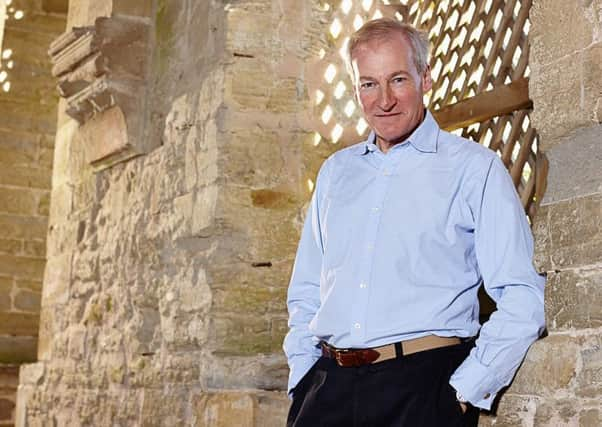Heritage sites see surge in visitor numbers


An estimated 40m people, almost three-quarters of UK adults, visited heritage sites such as stately homes, castles or archaeological ruins last year, the Heritage Counts report has found.
And the “participation gap”, measuring the distance in figures between people in rich and poor areas visiting a historic place has shrunk dramatically, the report suggests, almost halving in the past decade.
Advertisement
Hide AdAdvertisement
Hide AdSir Laurie Magnus, chairman of Historic England, said the report’s findings were “excellent news”.
“This new research clearly shows that more and more people, from a variety of socio-economic and ethnic groups, appreciate England’s historic sites,” he said. “Our historic environment plays a crucial role in shaping the places where we live, work and visit. It provides people with a physical link to the past, permanence, stability and a sense of belonging.
“Places with strong, distinctive identities are more likely to prosper than those without them.”
He said the UK’s heritage was a key national asset that underpinned the country’s global image and its economic dynamism would become even more important as Britain left the European Union.
Advertisement
Hide AdAdvertisement
Hide AdThe Heritage Counts report, published by Historic England on behalf of the Historic Environment Forum, found these buildings continued to attract large numbers of visitors in 2015, with 61 million visits made last year - up 39 per cent on 1989 levels.
Major heritage organisations have also seen membership jump, with the National Trust seeing a rise of eight per cent to 4.3m members, English Heritage an increase of 10 per cent and Historic Houses Association a rise of 11 per cent.
But despite the rising interest in the nation’s heritage, local authorities have seen historic environment staff numbers fall by more than a third - 35 per cent - in a decade to 796 full-time equivalent jobs.
John Sell, the chairman of the Historic Environment Forum, said: “It is wonderful that more and more people from a variety of backgrounds are enjoying and caring for heritage and that more places are recognising the value of heritage as part of what makes them unique.
Advertisement
Hide AdAdvertisement
Hide Ad“However, there is still work to do so that, in encouraging growth and managing change, we do not lose sight of what makes places special.”
Local councils and business improvement districts needed to work together to make sure heritage was at the heart of the vision for their towns, cities and neighbourhoods, he added.